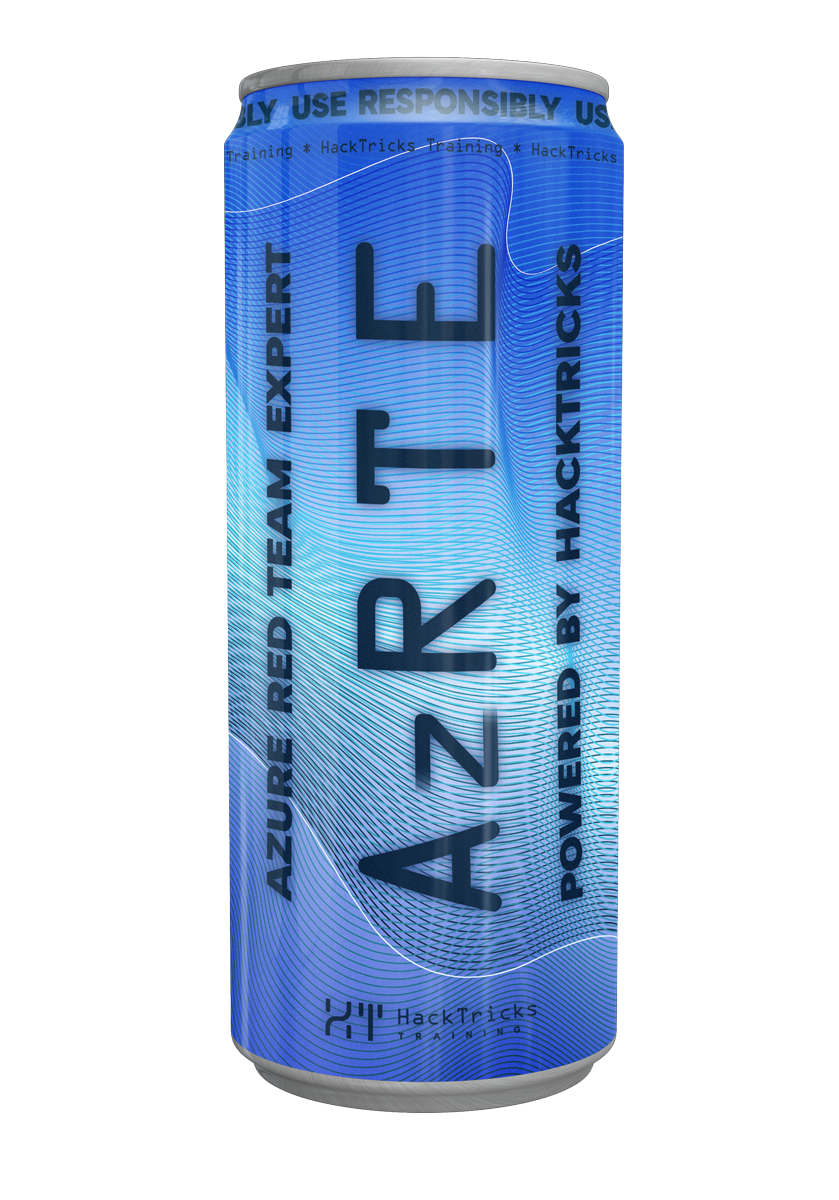Docker Forensics
Reading time: 5 minutes
tip
Aprende y practica Hacking en AWS: HackTricks Training AWS Red Team Expert (ARTE)
HackTricks Training AWS Red Team Expert (ARTE)
Aprende y practica Hacking en GCP:  HackTricks Training GCP Red Team Expert (GRTE)
HackTricks Training GCP Red Team Expert (GRTE) Aprende y practica Hacking en Azure:
Aprende y practica Hacking en Azure:  HackTricks Training Azure Red Team Expert (AzRTE)
HackTricks Training Azure Red Team Expert (AzRTE)
Apoya a HackTricks
- Revisa los planes de suscripción!
- Únete al 💬 grupo de Discord o al grupo de telegram o síguenos en Twitter 🐦 @hacktricks_live.
- Comparte trucos de hacking enviando PRs a los HackTricks y HackTricks Cloud repositorios de github.
Modificación de contenedores
Hay sospechas de que algún contenedor de docker fue comprometido:
docker ps
CONTAINER ID IMAGE COMMAND CREATED STATUS PORTS NAMES
cc03e43a052a lamp-wordpress "./run.sh" 2 minutes ago Up 2 minutes 80/tcp wordpress
Puedes fácilmente encontrar las modificaciones realizadas a este contenedor con respecto a la imagen con:
docker diff wordpress
C /var
C /var/lib
C /var/lib/mysql
A /var/lib/mysql/ib_logfile0
A /var/lib/mysql/ib_logfile1
A /var/lib/mysql/ibdata1
A /var/lib/mysql/mysql
A /var/lib/mysql/mysql/time_zone_leap_second.MYI
A /var/lib/mysql/mysql/general_log.CSV
...
En el comando anterior, C significa Cambiado y A, Añadido.
Si encuentras que algún archivo interesante como /etc/shadow fue modificado, puedes descargarlo del contenedor para verificar actividad maliciosa con:
docker cp wordpress:/etc/shadow.
También puedes compararlo con el original ejecutando un nuevo contenedor y extrayendo el archivo de él:
docker run -d lamp-wordpress
docker cp b5d53e8b468e:/etc/shadow original_shadow #Get the file from the newly created container
diff original_shadow shadow
Si encuentras que se añadió algún archivo sospechoso puedes acceder al contenedor y verificarlo:
docker exec -it wordpress bash
Modificaciones de imágenes
Cuando se te proporciona una imagen de docker exportada (probablemente en formato .tar), puedes usar container-diff para extraer un resumen de las modificaciones:
docker save <image> > image.tar #Export the image to a .tar file
container-diff analyze -t sizelayer image.tar
container-diff analyze -t history image.tar
container-diff analyze -t metadata image.tar
Luego, puedes descomprimir la imagen y acceder a los blobs para buscar archivos sospechosos que puedas haber encontrado en el historial de cambios:
tar -xf image.tar
Análisis Básico
Puedes obtener información básica de la imagen ejecutando:
docker inspect <image>
También puedes obtener un resumen histórico de cambios con:
docker history --no-trunc <image>
También puedes generar un dockerfile a partir de una imagen con:
alias dfimage="docker run -v /var/run/docker.sock:/var/run/docker.sock --rm alpine/dfimage"
dfimage -sV=1.36 madhuakula/k8s-goat-hidden-in-layers>
Dive
Para encontrar archivos añadidos/modificados en imágenes de docker, también puedes usar la dive (descárgalo de releases) utilidad:
#First you need to load the image in your docker repo
sudo docker load < image.tar 1 ⨯
Loaded image: flask:latest
#And then open it with dive:
sudo dive flask:latest
Esto te permite navegar a través de los diferentes blobs de imágenes de docker y verificar qué archivos fueron modificados/agregados. Rojo significa agregado y amarillo significa modificado. Usa tab para moverte a la otra vista y space para colapsar/abrir carpetas.
Con die no podrás acceder al contenido de las diferentes etapas de la imagen. Para hacerlo, necesitarás descomprimir cada capa y acceder a ella.
Puedes descomprimir todas las capas de una imagen desde el directorio donde se descomprimió la imagen ejecutando:
tar -xf image.tar
for d in `find * -maxdepth 0 -type d`; do cd $d; tar -xf ./layer.tar; cd ..; done
Credenciales de la memoria
Note que cuando ejecuta un contenedor de docker dentro de un host puede ver los procesos que se están ejecutando en el contenedor desde el host simplemente ejecutando ps -ef
Por lo tanto (como root) puede volcar la memoria de los procesos desde el host y buscar credenciales justo como en el siguiente ejemplo.
tip
Aprende y practica Hacking en AWS: HackTricks Training AWS Red Team Expert (ARTE)
HackTricks Training AWS Red Team Expert (ARTE)
Aprende y practica Hacking en GCP:  HackTricks Training GCP Red Team Expert (GRTE)
HackTricks Training GCP Red Team Expert (GRTE) Aprende y practica Hacking en Azure:
Aprende y practica Hacking en Azure:  HackTricks Training Azure Red Team Expert (AzRTE)
HackTricks Training Azure Red Team Expert (AzRTE)
Apoya a HackTricks
- Revisa los planes de suscripción!
- Únete al 💬 grupo de Discord o al grupo de telegram o síguenos en Twitter 🐦 @hacktricks_live.
- Comparte trucos de hacking enviando PRs a los HackTricks y HackTricks Cloud repositorios de github.
 HackTricks
HackTricks